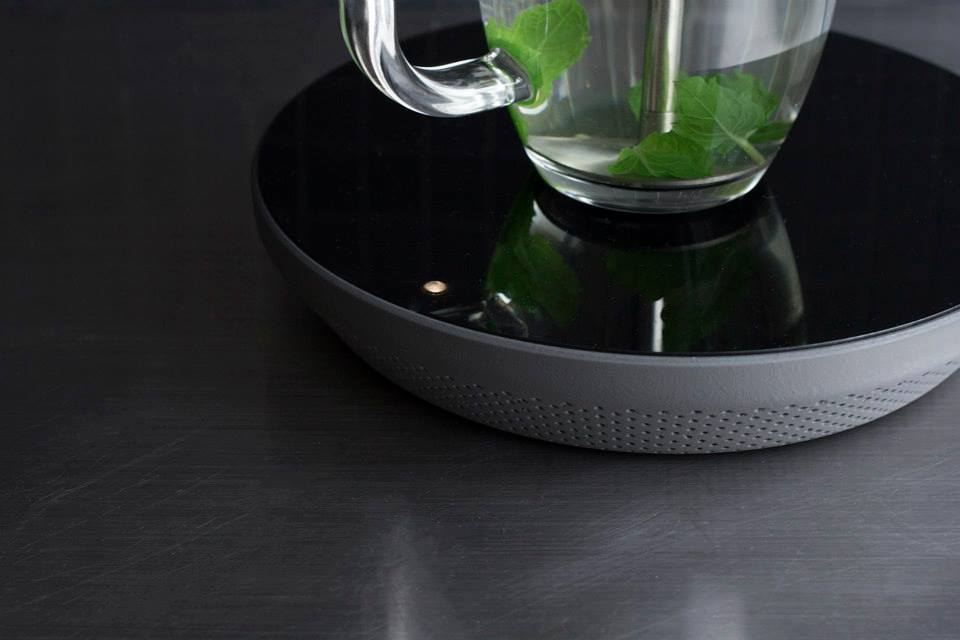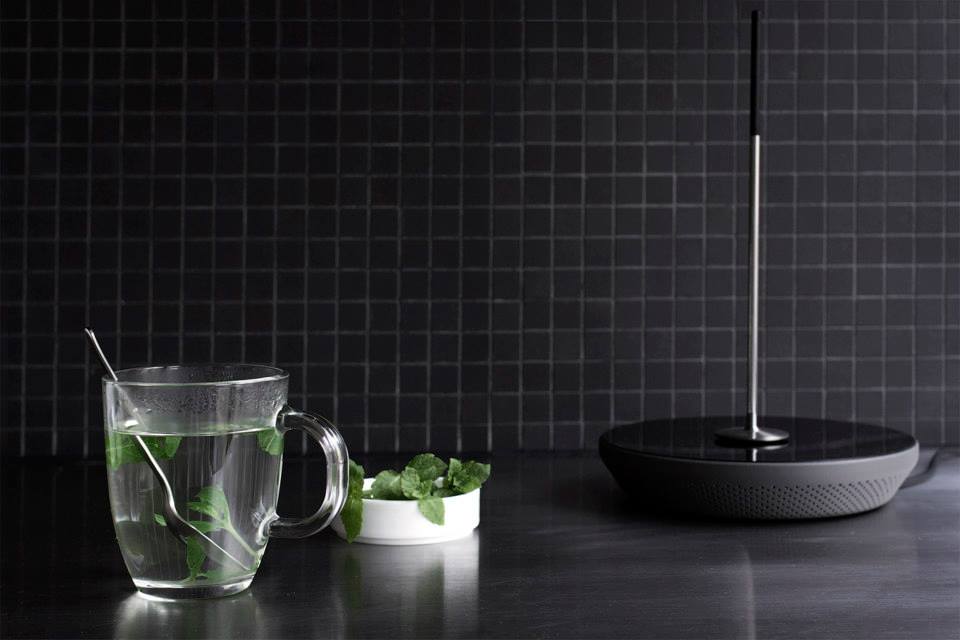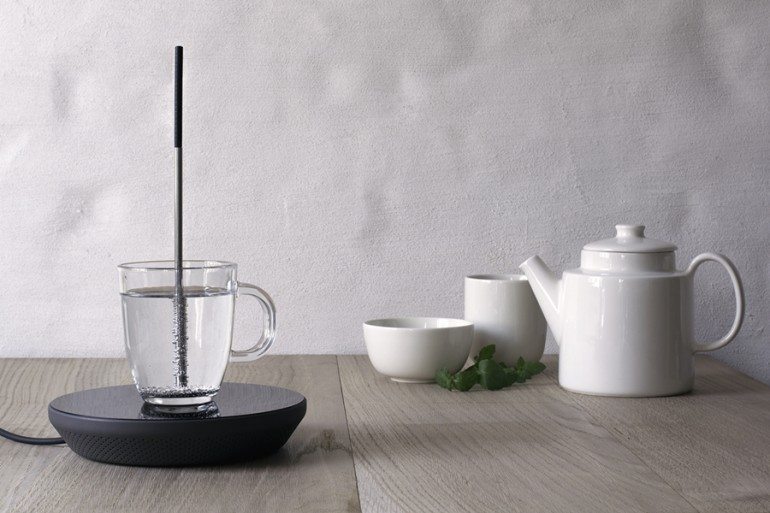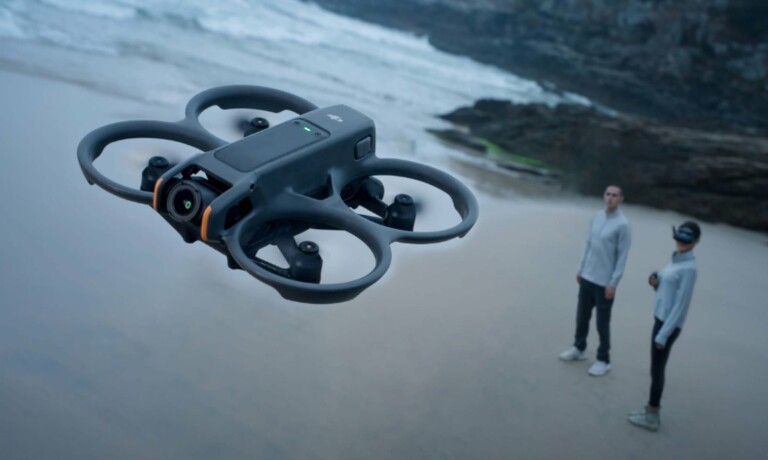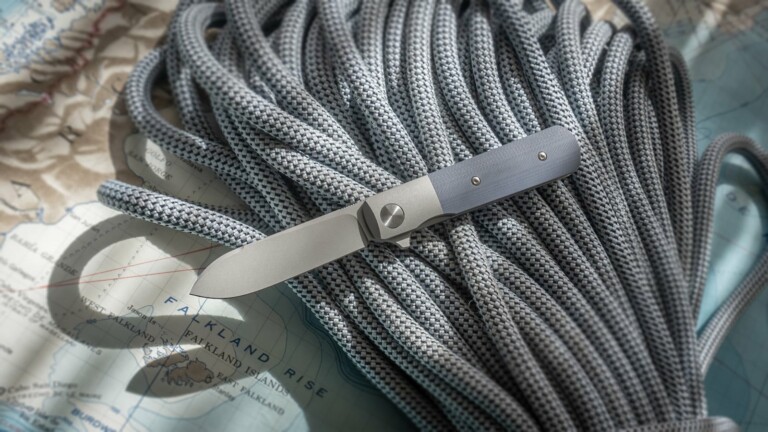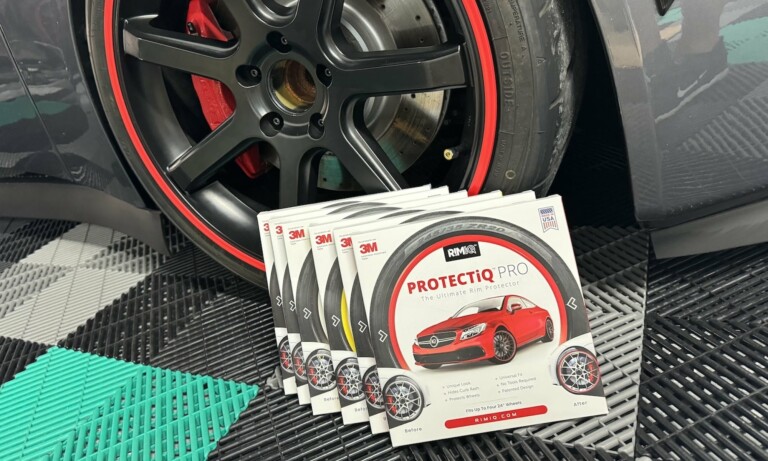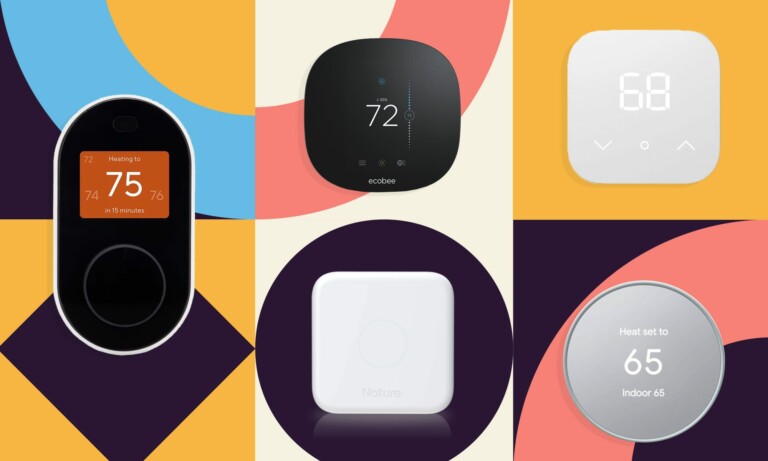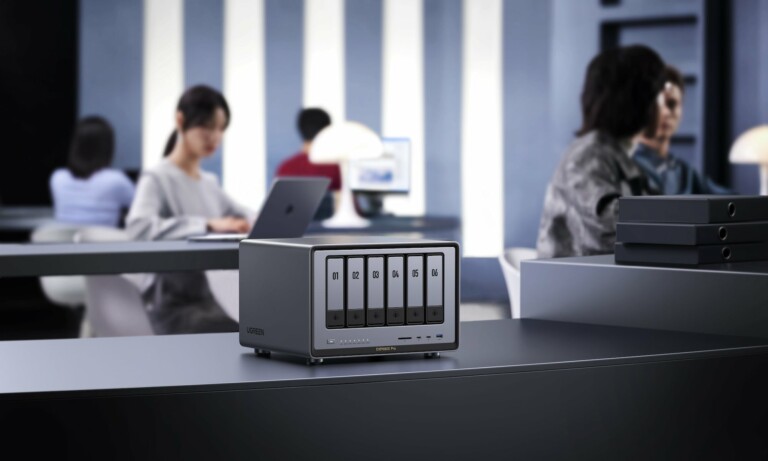Miito Is the Kettle of the Future

Over use of water and electricity are two things that truly are #firstworldproblems. Especially in England, we put too much water in our kettles, waste electricity to boil the copious amounts water, and waste time waiting for it to boil. Enter Miito- the easy-on-the-eyes redesigned “kettle.”
Leyla Acaroglu, a sustainability specialist and TED speaker, says that the amount of extra energy used to heat extra water in kettles is enough “to light all of the streetlights in England for a night.” Many kettles are not transparent so we cannot see how full they are and many tea drinkers, like myself, aren’t aware how much water in a kettle would fill our cuppa. Many kettles have a minimum fill line at about 500mL (which is just under 17 oz.). If you’d like just one cup of tea then the kettle needs to have about double what you the volume of your cup. In addition, according to The Guardian, on average, Brits spend 33 hours a year waiting for their kettle to boil. (It should be noted that kettles are commonplace in European kitchens and it’s quite odd that a kettle system isn’t used in the US; it saves loads of time boiling water for your pasta, tea, or anything else you’ll be cooking on the stove. Although useful, they’re tough to clean with their arced design and easily build up with lime scale.)
Miito is an electric liquid heater and, using an electromagnetic field, it can heat your water (or any liquid) in your desired vessel. That means that you can fill up your cup for tea, your pot for pasta, or even your bowl for those ramen noodle nights and get boiling water. That means fewer dishes, less time, and more fun.
Miito works as simply as it sounds. You plug in your Miito, fill your desired non-ferrous vessel (no iron materials) with the correct amount of liquid, place on the induction base, and insert the rod. The base reacts with the metal bottom of the rod to create an electromagnetic field of heat- no buttons to be pushed. The heat travels up the rod and thus heats the liquid. Miito automatically reverts to standby mode when the liquid has boiled. Placing the rod back onto the induction base signals Miito to power down.
To further the ease of use, the designers of Miito, Chudy and Grase, thought of everything. The top of the rod has a safe silicone layer so it can be removed as soon as the liquid is at the desired temperature without risk of burn. The rod itself reduces the amount of lime scale build up and is easy to clean which comes in handy if you use it to heat up tomato soup.
Tea drinkers and liquid boilers across the globe have been heated up by Miito’s innovation. As Margaret Rhodes from Wired quotes designer Nils Chudy, “[n]o on wants to extra spend time near their kettle… [i]t should be as simple as possible.” Miito does just that- you fill up what you need, set it on a plate, and you’re sorted. A Geeky World notes that the designers would like to mass produce Miito and would probably sell them for £80 ($125)- which is well worth it in my book.
Looking more like a paper towel holder than a kettle, Miito is compact and modern and that’s the beauty of it. It’s something out of Dexter’s Laboratory with a fresh twist. Like all great gadgets, it’s intuitive, looks smart, and has a simple and effective purpose that replaces a lesser product.
Although it’s not for sale just yet, you can keep up with Miito and the rest of Chudy and Grase’s projects via email or the News section of their website.

